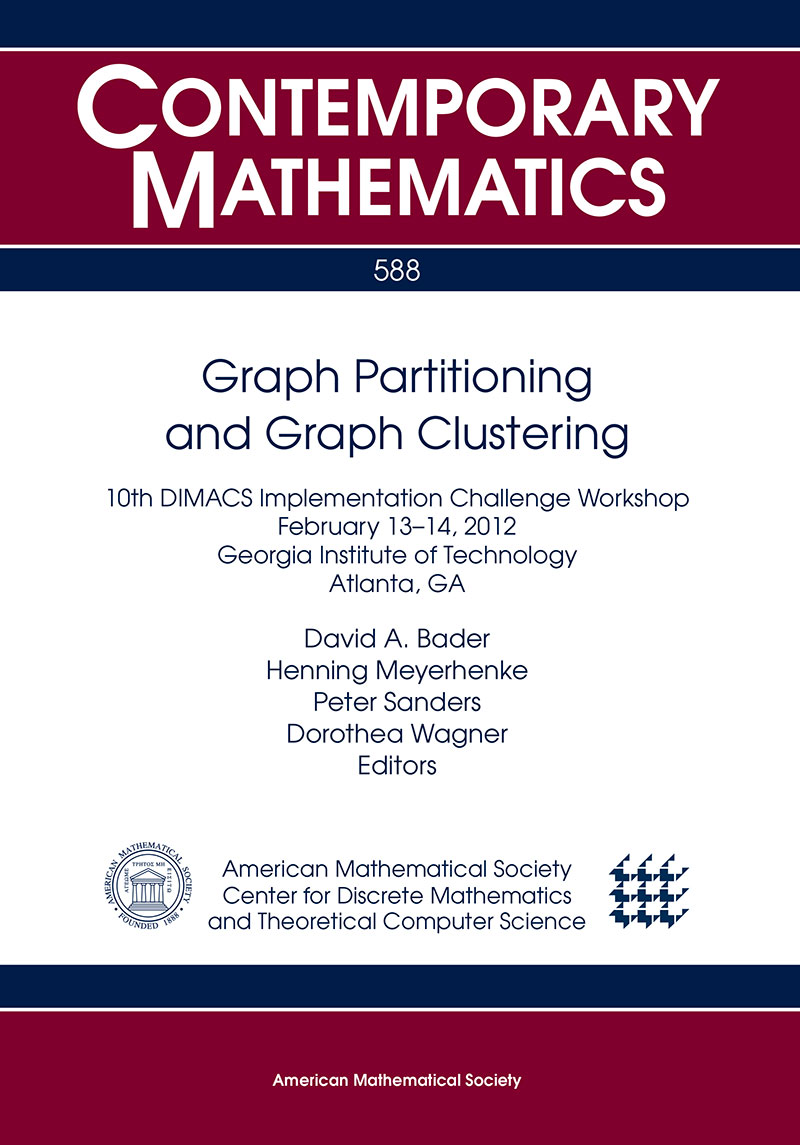As stated on their main website, the "DIMACS Implementation Challenges address questions of determining realistic algorithm performance where worst case analysis is overly pessimistic and probabilistic models are too unrealistic: experimentation can provide guides to realistic algorithm performance where analysis fails."
For the 10th DIMACS Implementation Challenge, the two related problems of graph partitioning and graph clustering were chosen. Graph partitioning and graph clustering are among the aforementioned questions or problem areas where theoretical and practical results deviate significantly from each other, so that experimental outcomes are of particular interest.
